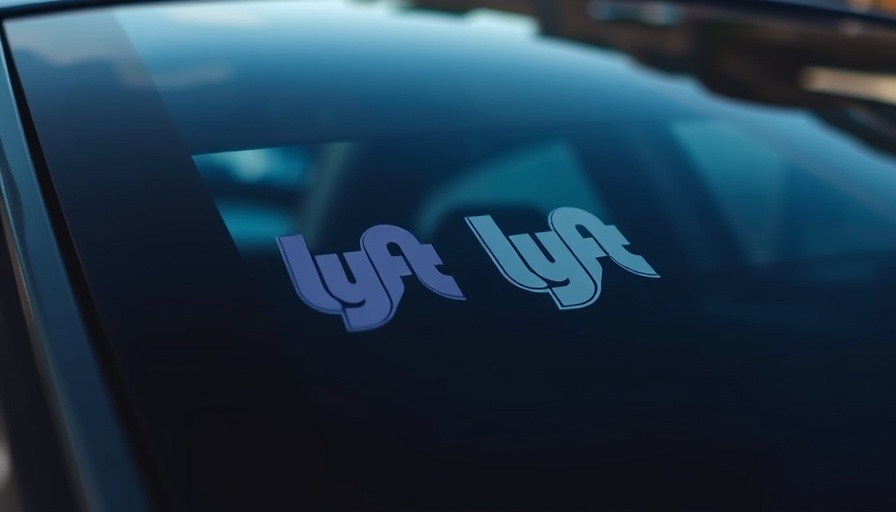
Is Lyft Set to Revolutionize Urban Mobility with Autonomous Shuttles?
As Lyft gears up for a groundbreaking partnership with Benteler Group to introduce autonomous shuttles in the U.S. by 2026, the rideshare landscape is poised for transformation. This move aims not just to catch up with Uber in the driverless arena; it could redefine urban transportation and vehicle accessibility for everyday Americans.
Understanding the Autonomous Shuttle's Design and Functionality
The Holon urban electric shuttles, designed by Benteler, eliminate conventional driving controls such as steering wheels and pedals, focusing instead on passenger convenience with inward-facing seating. Each shuttle can accommodate up to 15 passengers, boasting a capacity ideal for urban environments. This design reflects a shift toward maximizing the space available in shared transportation settings, which can directly affect the efficiencies of car insurance and claims related to such innovations.
The Strategic Implications of Lyft's Partnership with Benteler
Lyft's collaboration with Benteler may seem like just another move in the competitive ridesharing market, but its implications extend far beyond. By integrating Benteler's production capabilities into its strategy, Lyft not only positions itself for fleet expansion but also strengthens its ability to navigate the complex insurance landscape associated with autonomous vehicles. Understanding how this fleet will impact insurance claims and liability in accidents is crucial for drivers and policyholders alike.
What This Means for Vehicle Owners and Insurance Stakeholders
With the advent of autonomous vehicles, traditional paradigms of car ownership and insurance could evolve drastically. Vehicle owners dealing with accident-related property damage must be prepared for new parameters in their insurance claim processes. Will insurance adjusters have to adapt to assess damage in vehicles lacking standard controls? Could the timeline for filing claims change due to advances in technology? This shift will alter how insurance settlements are determined, especially in the case of denied claims related to newer autonomous vehicles.
Potential Challenges and Risks for Lyft's Vision
The path forward is not without obstacles. Lyft's partnership with Benteler will need to address potential regulatory hurdles as they seek necessary exemptions from the National Highway Traffic Safety Administration. Failure to receive these exemptions could delay or complicate the deployment of these shuttles. Concurrently, the insurance landscape must adapt to address liability concerns in autonomous versus human-driven vehicle accidents.
The Future of Urban Transport and Insurance Relationships
The introduction of Benteler's Holon shuttles could inspire new models for urban transport that emphasize accessibility and ride pooling. This could lead to better claims management efficiencies as ride-sharing vehicles generate complex data that could streamline accident reporting and processing in the insurance claim process. Regulators and insurance agencies will need to evolve their standards to keep pace.
Your Guide to Navigating the Changing Landscape of Vehicle Insurance
As the industry transitions, it’s imperative for vehicle owners to stay informed about how these developments may affect their insurance policies and claims processes. Being proactive in understanding potential changes will equip drivers to better navigate future claims, from filing an insurance claim to negotiating settlements following property damage incidents.
In conclusion, as Lyft prepares for the future of transportation with autonomous shuttles, both consumers and insurance providers must stay vigilant in understanding the implications of these innovations. Embracing this change can lead to smarter policy development and safer streets.
 Add Row
Add Row  Add
Add 




Write A Comment